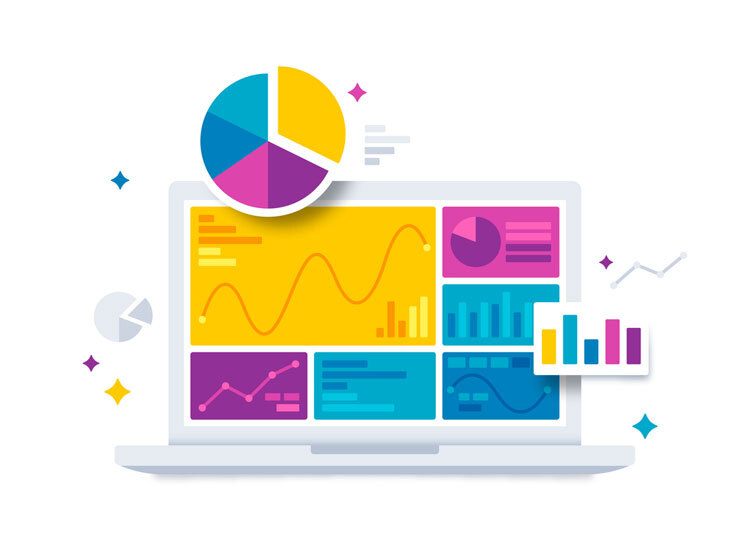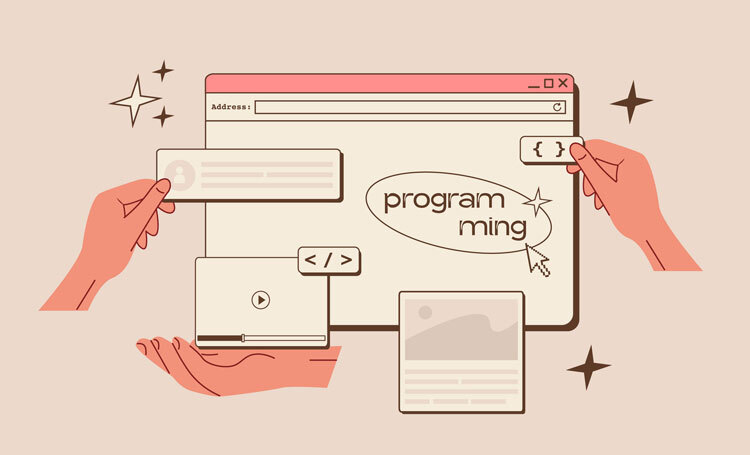A well-designed website is key to attracting customers, showcasing products and services, and establishing credibility in the online space. Mastering website development involves key strategies that can help create a strong and effective online presence. From user-friendly design and seamless navigation to search engine optimization and mobile responsiveness, there are various elements to consider when developing a website that will stand out in a crowded online landscape. By implementing these key strategies, you can create a website that not only looks great but also drives traffic, engages visitors, and ultimately leads to success online.
The Balance Between Aesthetics and Functionality in Modern Web Design
While a visually appealing website can attract users, it is equally important for the website to be easy to navigate and provide a seamless user experience. Design elements such as color schemes, typography, and imagery play a crucial role in creating an attractive website that captures the user’s attention. At the same time, features like responsive design, fast loading times, and clear navigation are essential for ensuring that users can easily find the information they are looking for.
Finding the balance between aesthetics and functionality requires careful planning and consideration. Designers must prioritize user experience while also incorporating visually pleasing elements that reflect the brand’s identity. This often involves conducting research to understand the target audience and their preferences, as well as testing different design elements to see what resonates with users. By striking the right balance between aesthetics and functionality, modern web design can create a website that not only looks great but also delivers a seamless and enjoyable user experience.
Optimizing for Performance: Speed, Security, and Scalability
Website speed is essential for keeping users engaged and preventing them from bouncing off the site. Implementing techniques like optimizing images, minimizing HTTP requests, and enabling browser caching can help improve loading times. Utilizing a content delivery network (CDN) can also distribute content across multiple servers, reducing latency and speeding up delivery.
Website security is paramount for protecting user data and maintaining trust. Implementing HTTPS encryption, regularly updating software and plugins, and using strong passwords can help prevent security breaches. Conducting regular security audits and monitoring for suspicious activity can also help identify and mitigate potential threats.
Scalability is important for ensuring that the website can handle increased traffic and growth. Utilizing cloud hosting services, optimizing databases, and implementing caching mechanisms can help improve scalability. Regularly monitoring website performance and conducting load testing can help identify bottlenecks and optimize resource allocation.
Choosing the Right Tech Stack: What Works Best for Your Business?
There are several factors to consider when deciding on the best tech stack for your website, including the type of website you are building, your budget, and your technical expertise.
If you are building a simple informational website, a tech stack that includes popular languages like HTML, CSS, and JavaScript may be sufficient. These languages are widely supported and relatively easy to learn, making them a good choice for beginners or those with limited resources.
For more complex websites or web applications, you may want to consider using a combination of front-end and back-end technologies. Popular front-end frameworks like React or Angular can help you create dynamic, responsive websites, while back-end technologies like Node.js or PHP can handle server-side processes and database interactions.
It’s also important to consider scalability and security when choosing a tech stack for your website. Make sure that the technologies you choose are able to grow with your business and can handle increased traffic. Additionally, ensure that your tech stack includes security features to protect your website and user data from potential threats.
Ultimately, the best tech stack for your website development will depend on your specific business needs and goals. Consider consulting with a web development expert to help you choose the right technologies for your project.
Ready to build a website that truly represents your brand? Call us at +91 77604 87777 or reach out via our contact form—we’ll respond quickly. Together, we’ll develop a strategy-driven website that strengthens your online presence, engages your audience, and supports your long-term business goals.




